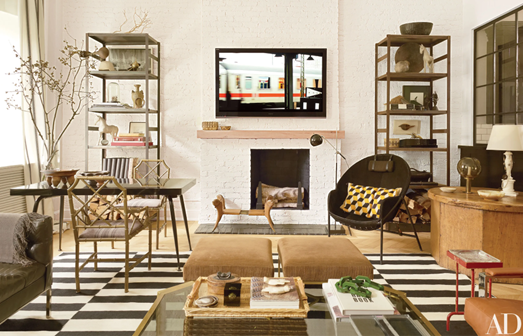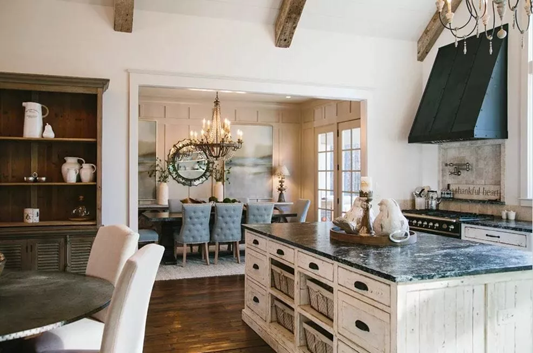Bespoke design is all about creating a unique and stunning interior that perfectly reflects your personal style and needs. It involves working with skilled artisans and craftsmen, incorporating custom furniture and bold colors, using innovative materials and finishes, and designing with purpose and functionality in mind. In this article, we will provide you with the top 10 tips for crafting bespoke interiors that are both beautiful and functional.
Tip 1 – Collaborate with Skilled Artisans:
a. Working with skilled artisans and craftsmen can elevate the level of craftsmanship and attention to detail in your bespoke interior. Skilled artisans can work with a wide range of materials, such as wood, metal, glass, or textiles, to create custom pieces that are unique to your space.
One benefit of working with artisans is that they can provide a level of customization that is not possible with mass-produced items. They can tailor their work to your specific needs and preferences, ensuring that your bespoke interior is truly one-of-a-kind.

b. When choosing an artisan, it is important to do your research and find someone who has experience in the specific type of work you need. Look for recommendations and examples of their previous work. You can also ask to see samples or visit their workshop to get a sense of their craftsmanship and attention to detail.
It’s also important to establish clear communication with your artisan. Discuss your vision and preferences upfront, and ask for regular updates and progress reports throughout the project. This will ensure that you are both on the same page and that the final result meets your expectations.
c. Examples of bespoke craftsmanship in various design elements include custom-made cabinetry, hand-painted murals, and handcrafted tilework. Custom-made cabinetry can be designed to fit the exact dimensions of your space and can be crafted from a variety of materials, such as wood, metal, or glass. Hand-painted murals can add a unique touch to your walls and can be tailored to your specific design preferences. Handcrafted tilework can be used to create intricate patterns and designs that are not possible with mass-produced tiles.
Tip 2 – Incorporate Custom Furniture:
a. Custom furniture is a key element in bespoke design, as it allows you to create pieces that perfectly fit your space and style. Custom furniture can be designed to meet specific functional requirements, such as storage, seating, or work surfaces.
One advantage of custom furniture is that it can be made from a wide range of materials, including wood, metal, glass, or textiles. You can also choose from a variety of finishes and detailing options, such as upholstery, hardware, or carving.
b. When designing and commissioning custom furniture, be sure to communicate your needs and preferences clearly. Consider the materials, style, and functionality of the piece. For example, if you need a custom-built bookshelf, think about how many shelves you need, what size they should be, and what type of wood or finish you prefer.
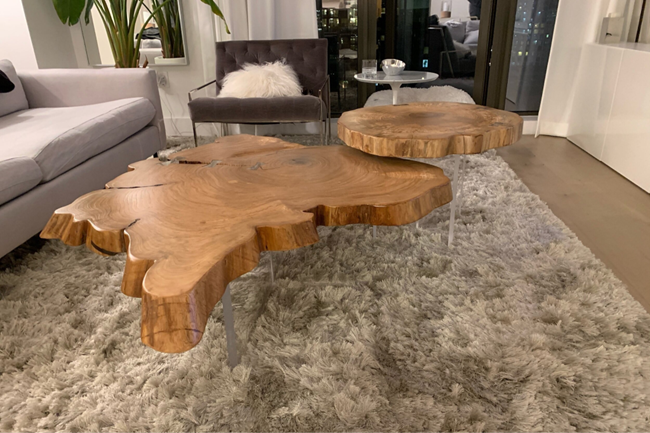
When commissioning custom furniture, be prepared to invest time and money in the process. Custom pieces can take longer to produce than mass-produced items and can be more expensive. However, the final result is a piece that is tailored to your exact specifications and reflects your unique style and personality.
c. To ensure a cohesive look, try to blend your custom furniture with existing pieces in your space. For example, if you have a vintage sofa that you love, consider designing a custom coffee table or side table that complements its style and color. This will create a harmonious look that is both functional and aesthetically pleasing.
Tip 3 – Play with Bold Colors and Patterns:
Using bold colors and patterns can add personality and drama to your interior. Don’t be afraid to mix and match different colors and patterns, but be sure to balance them with neutrals and solids.
When incorporating bold colors and patterns, consider the overall color scheme of your space. For example, if you have a neutral color palette, you can add pops of color with bold accent pillows or a brightly colored rug. If you have a colorful space, you can tone it down with a neutral sofa or curtains.
When it comes to patterns, you can mix different patterns such as florals, stripes, or geometric shapes, but make sure they are in the same color family to create a cohesive look. You can also use patterns on statement pieces such as wallpaper or upholstery to create a focal point in your space.
Tip 4 – Use Innovative Materials and Finishes:
a. Innovative materials and finishes can add a unique touch to your bespoke interior. Materials such as reclaimed wood, concrete, or recycled glass can be used to create striking design elements.
Innovative finishes such as metallic, textured or high-gloss can add depth and dimension to your space. When incorporating innovative materials and finishes, consider how they will interact with your existing design elements and ensure they complement each other.
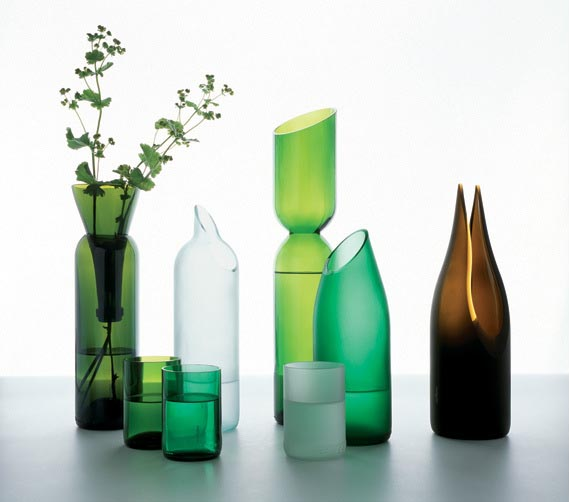
b. Examples of unique and cutting-edge materials to consider include 3D-printed elements, recycled materials such as plastics or metals, and natural materials such as bamboo or cork. These materials can be used to create custom elements such as lighting fixtures, furniture, or wall coverings.
c. It’s important to strike a balance between innovation and functionality. While using innovative materials and finishes can create a stunning visual impact, it’s essential to ensure that they meet your practical needs as well. For example, a custom concrete countertop may look striking, but it also needs to be durable and easy to clean.
Tip 5 – Design with Purpose and Functionality:
Designing with purpose and functionality is crucial in creating a bespoke interior that meets your practical needs as well as your aesthetic preferences. When designing custom elements, consider how they will be used and how they can enhance the functionality of your space.
Tips for ensuring your custom design elements meet your needs include selecting materials that are durable and easy to maintain, incorporating storage solutions that maximize your space, and choosing lighting that is both functional and visually appealing.
For example, when designing a custom kitchen, consider the workflow of the space and ensure that there is adequate storage for your cooking tools and utensils. Incorporate lighting that is bright enough for food preparation but also creates a warm and inviting ambiance.
Tip 6 – Incorporate Statement Lighting:
Statement lighting can add a dramatic effect to your bespoke interior. Lighting can be used to highlight specific design elements or create a focal point in your space.
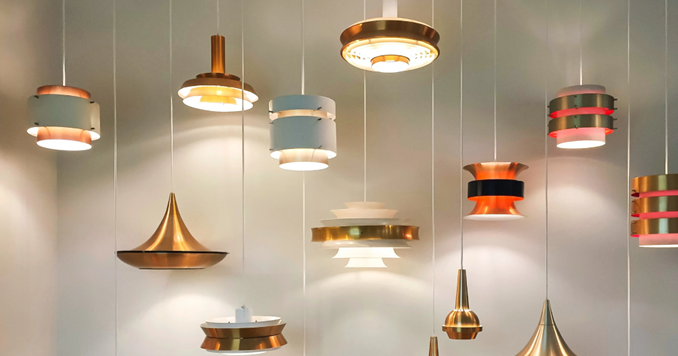
When incorporating statement lighting, consider the scale of your space and the function of the room. For example, a large chandelier in a dining room can create a luxurious and elegant atmosphere, while a cluster of pendant lights over a kitchen island can add a modern and industrial vibe.
Tip 7 – Curate a Collection of Unique Artwork:
Unique artwork can add a personal touch to your bespoke interior. Artwork can be used to create a focal point or add color and texture to your walls.
When curating a collection of artwork, consider your personal style and preferences. Artwork can be traditional, modern, or abstract, and can be made from a wide range of materials such as canvas, paper, or metal.
Consider the scale of your artwork in relation to the size of your walls and furniture. Large pieces can create a bold statement, while smaller pieces can be grouped together to create a gallery wall.
Tip 8 – Experiment with Architectural Features:
Architectural features such as moldings, ceiling treatments, or built-in bookcases can add character and charm to your bespoke interior. These features can be designed to complement the style of your space and add visual interest.
When experimenting with architectural features, consider the scale of your space and the style of your home. For example, if you have a traditional home, you may want to incorporate crown molding or wainscoting. If you have a modern home, you may want to experiment with clean lines and minimalistic details.
Consider the function of the space when designing architectural features. Built-in bookcases can add storage and display space to a home office or living room, while a coffered ceiling can add elegance and depth to a dining room.
Tip 9 – Create Custom Storage Solutions:
Creating custom storage solutions can maximize the functionality of your bespoke interior. Storage solutions can be designed to meet your specific needs and can be incorporated into any room of your home.
When creating custom storage solutions, consider the function of the space and your storage needs. For example, in a bedroom, consider a custom closet system that maximizes storage space and organizes clothing and accessories. In a home office, consider a custom desk with built-in storage that keeps supplies and paperwork organized and within reach.
Custom storage solutions can be designed to blend seamlessly with your existing design elements. For example, a built-in bookcase can be designed to complement your existing woodwork and trim.
Tip 10 – Personalize with Meaningful Accessories:
Accessories can add personality and style to your bespoke interior. Accessories can be used to create a cohesive design scheme or add a pop of color or texture.
When selecting accessories, consider your personal style and preferences. Accessories can be functional, such as a vase or candle holder, or purely decorative, such as a piece of sculpture or wall art.
Consider the scale and proportion of your accessories in relation to the size of your space and existing furniture. A large piece of art can make a statement, while smaller accessories can be grouped together for a layered look.
Want an extra tip to master bespoke design? Here you go! Click here to know more about the extremely versatile Barcelona Chair and how it will help you in your design endeavors
In conclusion, creating a bespoke interior is about incorporating your personal style and preferences into every design element. Collaborating with skilled artisans, incorporating custom furniture, and using innovative materials and finishes can create a unique and stunning interior.
Playing with bold colors and patterns, designing with purpose and functionality, incorporating statement lighting, curating a collection of unique artwork, experimenting with architectural features, creating custom storage solutions, and personalizing with meaningful accessories are all essential tips for crafting a bespoke interior that reflects your individuality and style.

